 154th Observation Squadron
154th Observation Squadron
Time Period: Early Twentieth Century (1901 - 1940)
 154th Observation Squadron
154th Observation Squadron
 154th Observation Squadron
154th Observation Squadron
 1871 Drew County Courthouse
1871 Drew County Courthouse
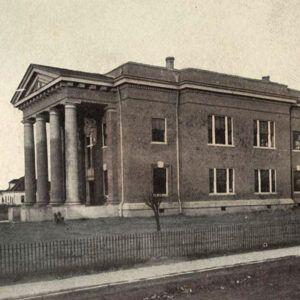 1907 Chicot County Courthouse
1907 Chicot County Courthouse
 1907 Flood
1907 Flood
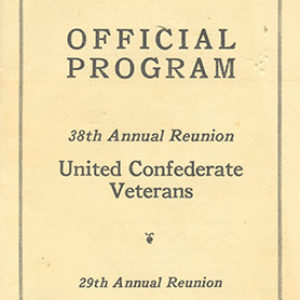 1928 UCV Reunion Program
1928 UCV Reunion Program
312th Field Signal Battalion’s Pigeon Department
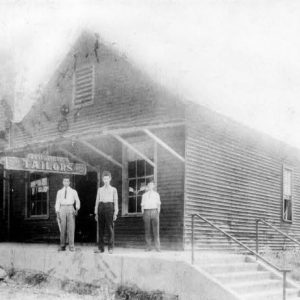 A. H. Thomasson and Son Tailors
A. H. Thomasson and Son Tailors
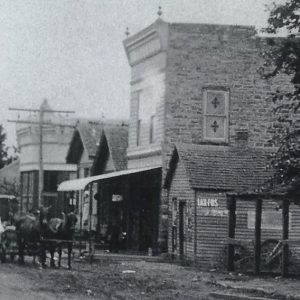 A. R. Carroll Drugstore
A. R. Carroll Drugstore
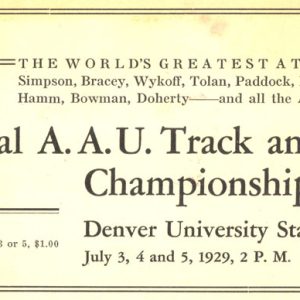 AAU Flyer Advertising Eddie Hamm
AAU Flyer Advertising Eddie Hamm
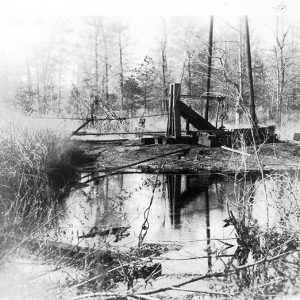 Abandoned Smackover Oil Well
Abandoned Smackover Oil Well
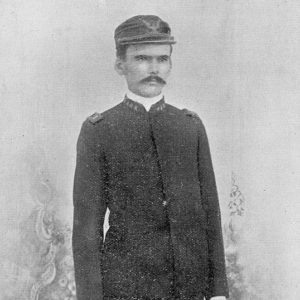 Eugene Abington
Eugene Abington
Abington, Eugene Hardeman (E. H.)
Abington, William Henry
Act 112 of 1909
aka: Anti-Nightriding Law
aka: Anti-Whitecapping Law
Act 258 of 1909
aka: Toney Bill to Prevent Lynching
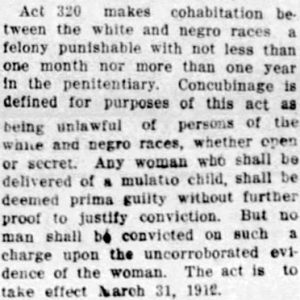 Act 320
Act 320
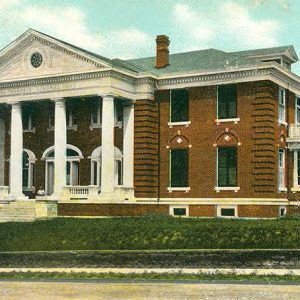 Ada Thompson Memorial Home
Ada Thompson Memorial Home
 Adams Field, 1942
Adams Field, 1942
 George Geyer Adams
George Geyer Adams
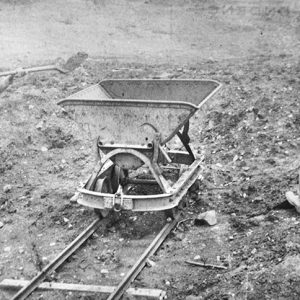 ADC Workers
ADC Workers
 Adkins Campaign Letter
Adkins Campaign Letter
 Adkins Campaign Flyer
Adkins Campaign Flyer
 Adkins Campaign, 1940
Adkins Campaign, 1940
Adler, Cyrus
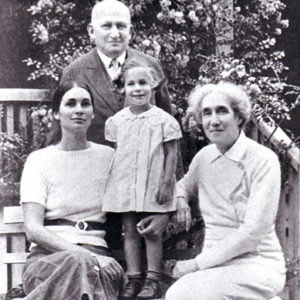 Cyrus Adler Family
Cyrus Adler Family
 Simon Adler
Simon Adler
 Adolphus Hotel Orchestra
Adolphus Hotel Orchestra
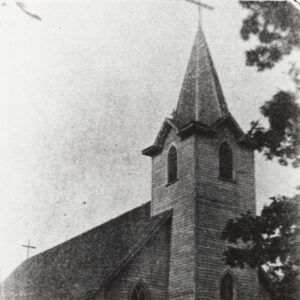 Adona Church
Adona Church
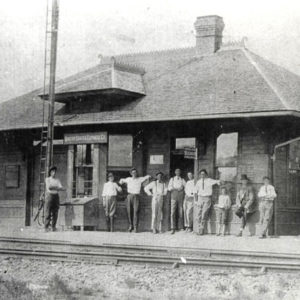 Adona Depot
Adona Depot
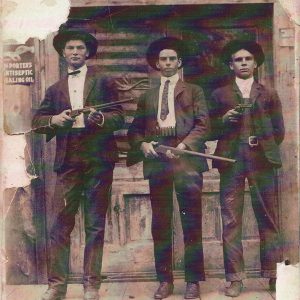 Advance Store
Advance Store
 Aerial Seeding
Aerial Seeding
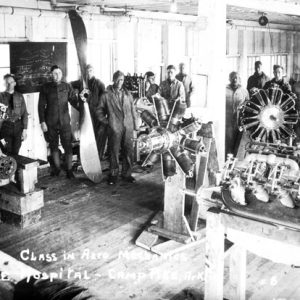 Aero Mechanics Class at Camp Pike
Aero Mechanics Class at Camp Pike
 Africa Exhibit
Africa Exhibit
 African American Band
African American Band
 African American Flood Refugees
African American Flood Refugees
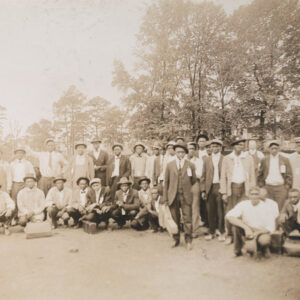 African American WWI Draftees
African American WWI Draftees
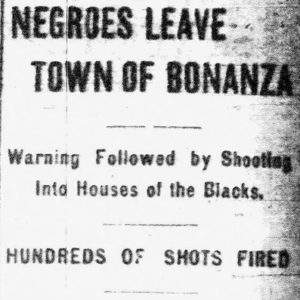 African Americans in Bonanza
African Americans in Bonanza
 African Americans in Bonanza
African Americans in Bonanza
 African Americans in Cotter
African Americans in Cotter
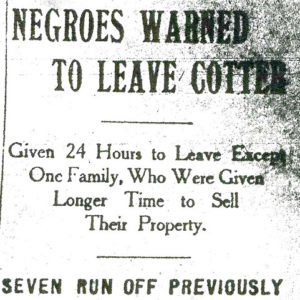 African Americans in Cotter
African Americans in Cotter
 African-American Flood Refugees
African-American Flood Refugees
 African-American Institutions
African-American Institutions
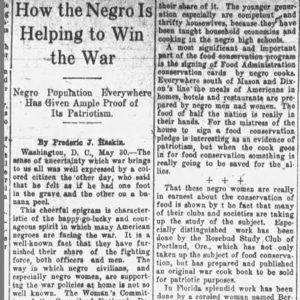 African-American War Support
African-American War Support
Agricultural Adjustment Act
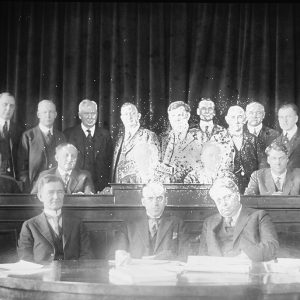 Agricultural Committee
Agricultural Committee
 Agricultural Exhibit
Agricultural Exhibit
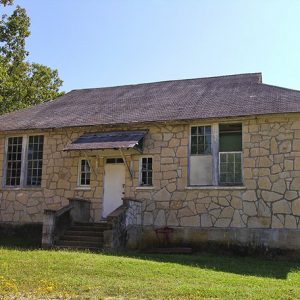 Agriculture/Vo-Tech Building
Agriculture/Vo-Tech Building
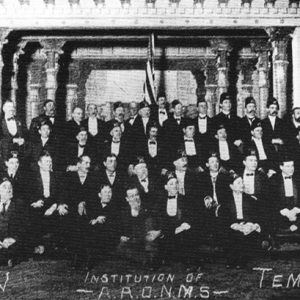 Al Amin Shriners
Al Amin Shriners




